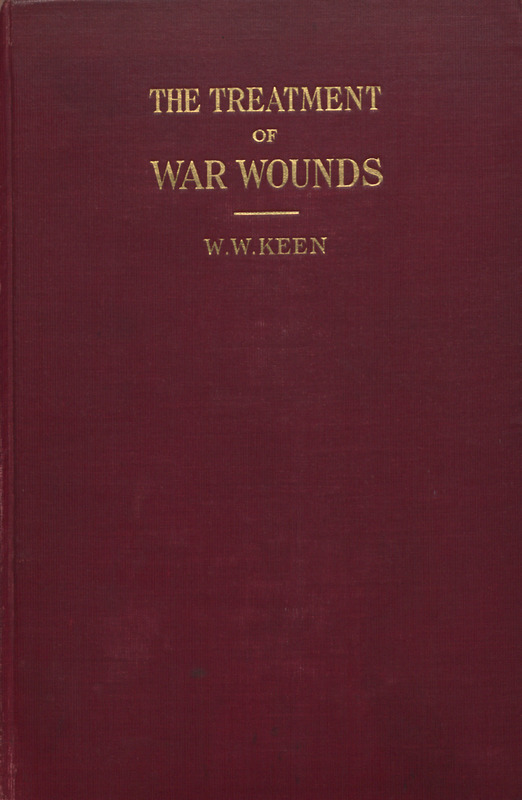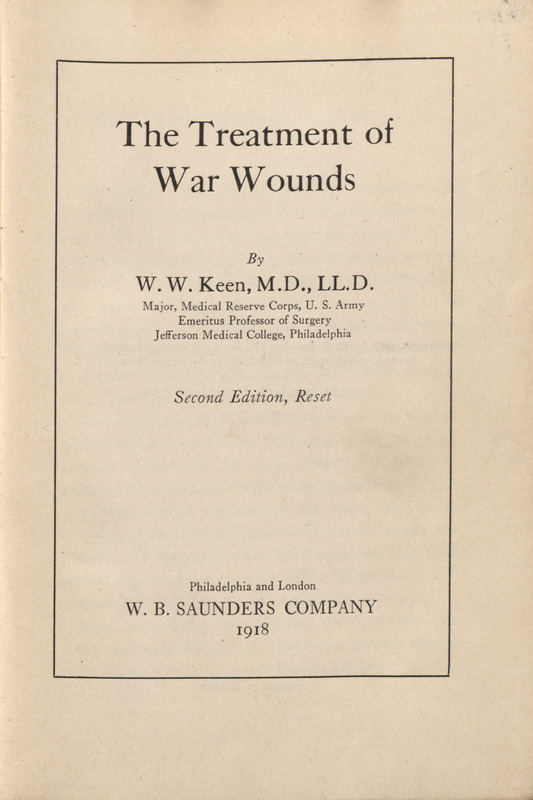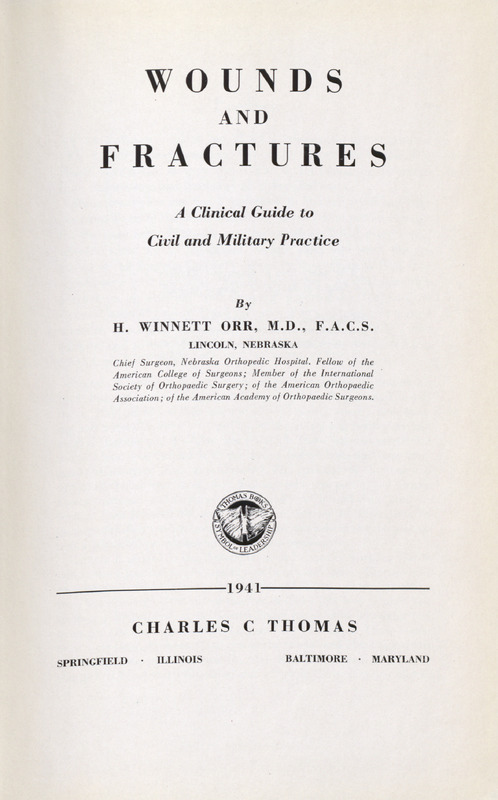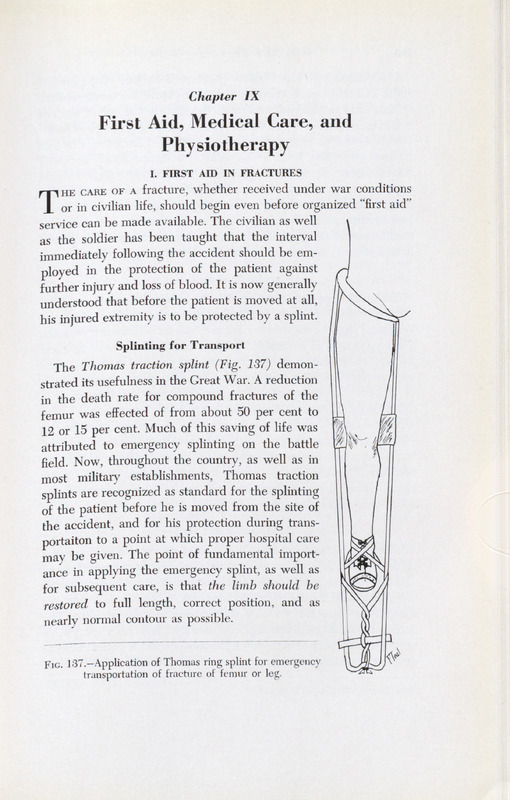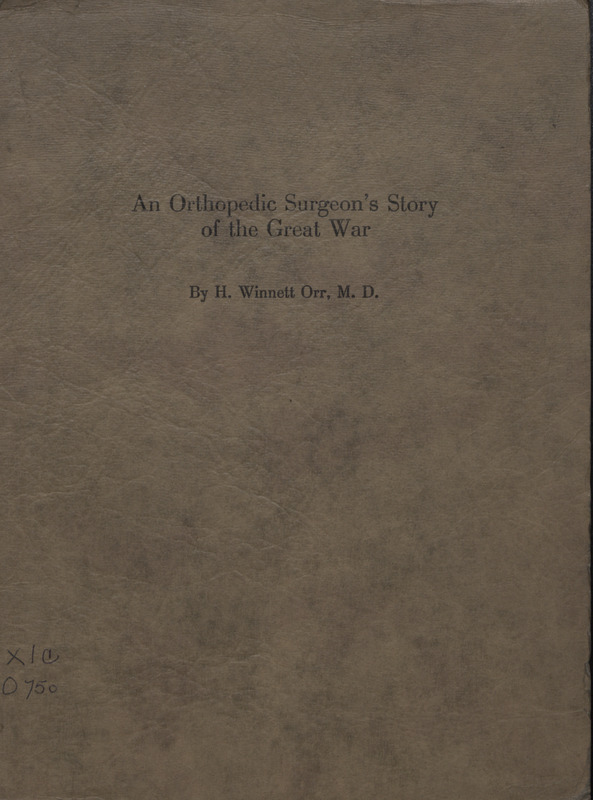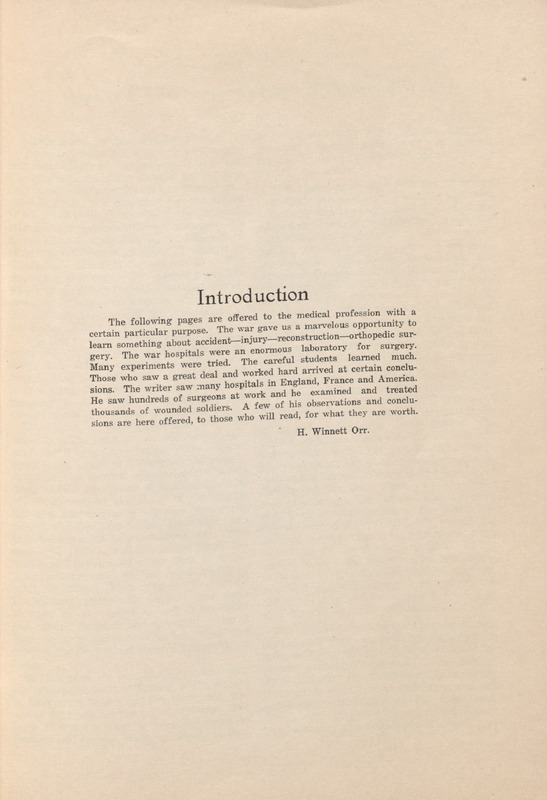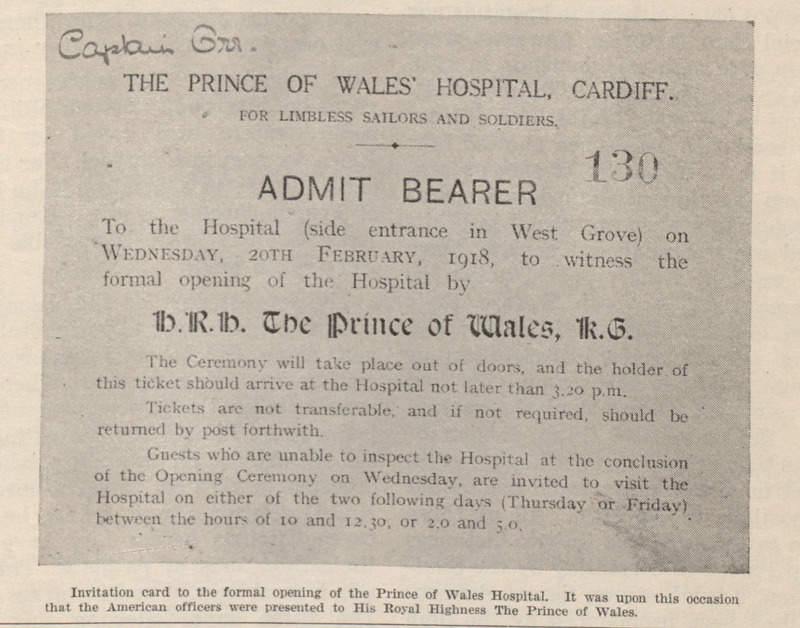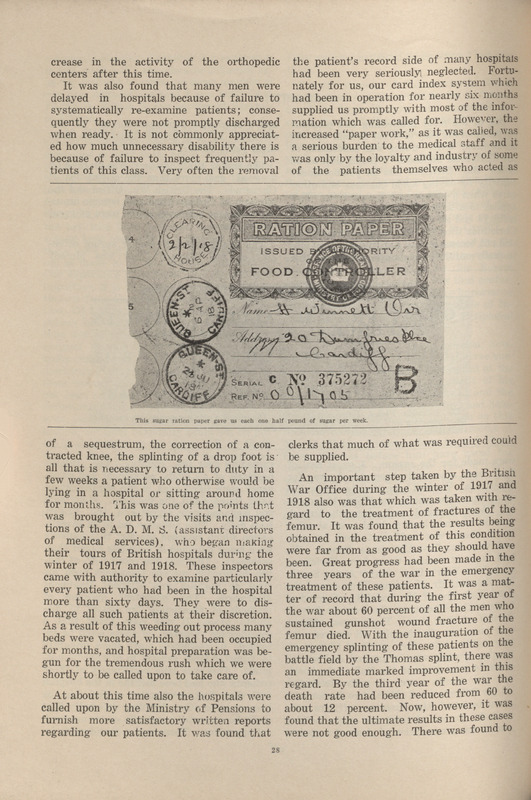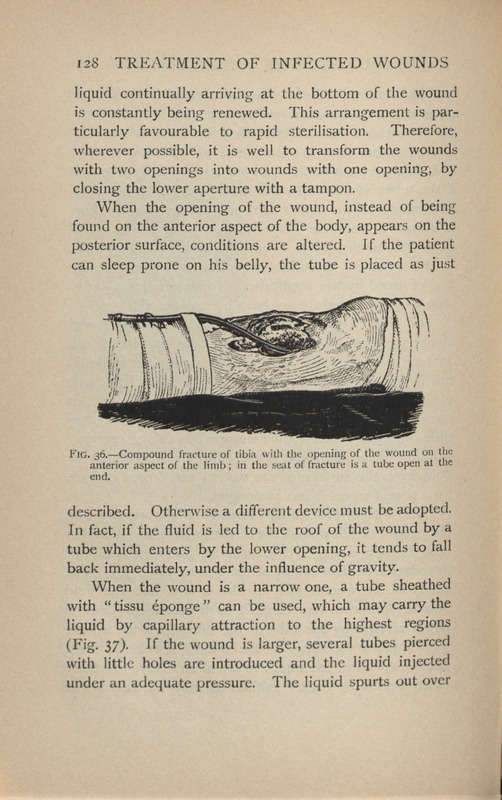The treatment of war wounds
“Lister taught us, above all, how to prevent infection; Dakin and Carrel, following Lister’s principles, have taught us how to conquer even rampant infection. For nearly half a century, we surgeons have been fighting firmly intrenched infection, but always in vain. It required the stern stimulus of war to enable us to win the victory. Prevention and cure both are now ours.” (p. 75) “It is, and has been my feeling, of course, that this and many other early estimates of the Carrel-Dakin method were over-enthusiastic. As early as 1918, I felt that the Carrel-Dakin method involved too much disturbance of splints and casts in compound fractures, and by 1921, I had declared against this and all other frequent dressing methods in wound infection.”Annotation by H. Winnett Orr from A catalogue of the H. Winnett Orr historical collection and other rare books in the library of the American College of Surgeons (1960).
William W. Keen, MD, served as an army surgeon in both the American Civil War and WWI. During the Civil War, Dr. Keen developed an interest in nervous system injuries. His documentation of these injuries is considered the beginning of American neurology. He was the first American surgeon to successfully remove a benign brain tumor in 1887. Dr. Keen attended Joseph Lister’s presentation on antisepsis in surgery in Philadelphia in 1876 and became one of the first surgeons in the United States to adopt Lister’s antiseptic practices. In 1893, he led a team of doctors to remove a large oral lesion from President Grover Cleveland’s palate in secrecy. Dr. Keen served as a major in the Medical Reserve Corps in WWI.

